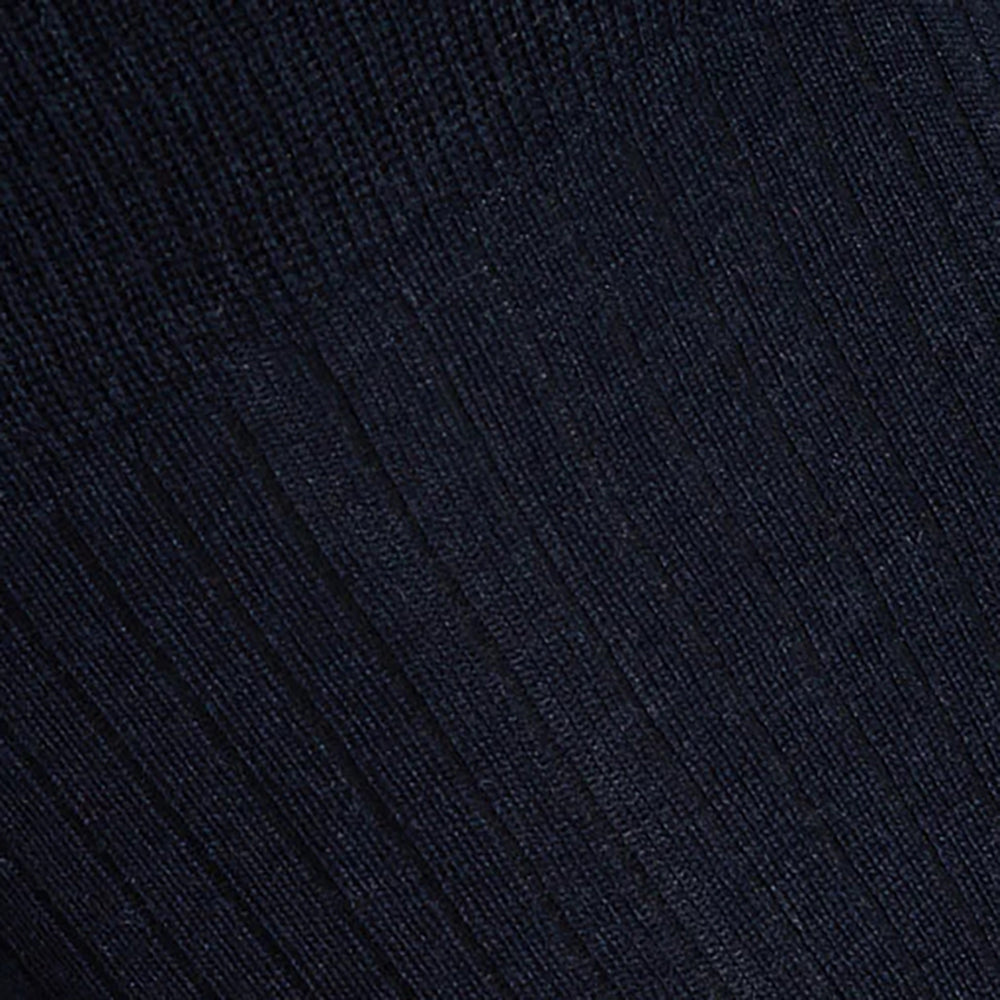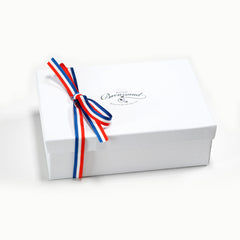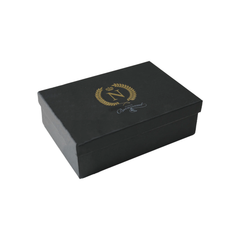

Everything you need to know about Scottish thread socks
More than a fashion accessory, lisle socks are a symbol of refinement. But in fact, do you know all the secrets of this exceptional textile? Do you know how to recognize it, or how to properly care for a lisle sock? We answer your questions in this article. Also find out what makes this textile so unique and why it has become the ultimate choice for sock connoisseurs.
What is Scottish thread?
Does the term “scotland thread” remind you of green Scottish meadows? However, contrary to what its name suggests, it does not originate from this northern British island. If it is called that, it is in homage to John Mercer who revolutionized the textile industry . Before looking at its history, let's take a look at the composition of this material which is often wrongly believed to be Scottish.
Scottish thread is simply made from cotton, a plant fiber that envelops the seeds of the cotton plant . This raw material is chosen according to numerous criteria, including:
- The length of the fibers , which must be as extensive as possible.
- The tint, an immaculate whiteness facilitating the dyeing process.
- Cleanliness during harvest , to undergo less handling and washing.
The real secret to this exceptional yarn lies in a process called double mercerization . It was discovered by chance in 1844, when the weaver's son John Mercer was trying to filter caustic soda through a cotton cloth. He thus notices that the textile has become more flexible, more regular, more solid and above all more shiny.
John Mercer filed a patent application, but he did not immediately enjoy great success. The reason ? The main disadvantage of caustic soda is that it causes the cotton fiber to shrink by more than 25% of its original length . It was not until 1890 that the English chemist Horace A. Lowe found the solution of keeping the textile stretched during the operation, to prevent its shrinkage. Mercer adds a water rinsing step to this process.
Mercerization, which is also called “ mercerization ”, was therefore born in Lancashire, a county in the north of England. However, the very first Scottish thread obtained by this process was produced in the J&P Coats factory near Glasgow.
Why is Scottish thread of superior quality?
Scottish thread is often praised for its exceptional quality, but what are the characteristics that distinguish it from other materials used in sock manufacturing ? Is it really so different from simple cotton thread?
Mercerization consists of applying a chemical treatment to the cotton thread first time, then to the finished product a second time. This transformation aims to make the fibers swell, allowing better penetration of the dyes . Thanks to this process, the Scottish thread acquires a dazzling shine that distinguishes it from all other threads. This is what gives socks this luxurious and elegant appearance, so sought after by enthusiasts.
This treatment has other advantages. Thanks to a perfectly cylindrical and regular yarn, the socks are much more comfortable and soft to the touch. They do not irritate the skin, even in the event of slight friction in the shoe. Another significant aspect is that Scottish thread is also much more robust. Reinforced, it is more resistant to wear and tear.
Finally, one of the remarkable characteristics of this thread is its ability to retain colors. Thanks to its reinforced structure and its resistance to chemicals, it maintains the liveliness of dyes . Lisle thread socks stay the same, wash after wash.
How to identify a real pair of lisle socks?
Scotland thread socks are highly sought after, but not all are actually made with this quality textile. So how can you avoid counterfeits?
Good to know : Certain standards exist to define Scottish thread. To obtain this designation, the cotton fibers must be long, assembled by twisting (several fibers twisted together) and have undergone double mercerization.
Some tips for recognizing lisle socks :
- The fit of the sock is perfect.
- The fiber of the socks is long, whatever the model.
- To the touch, the fabric is silky and the socks are very soft.
- The weave of the sock is regular, it does not contain lint or irregularities.
Finally, the price of the lisle sock is often a good indicator. The manufacturing process and the quality of the materials have a cost, it is often higher than a classic pair of socks.
How to care for your lisle socks?
Taking care of your lisle socks is essential to preserve their quality and extend their lifespan. So how do you properly wash and dry them? We share with you some best practices that will help you enjoy your favorite pair of socks for a long time to come.
Wash your lisle socks by hand in lukewarm water and a mild detergent. Do you prefer the washing machine? Turn your socks inside out and select a delicate program cold or at 30°C maximum, with a spin between 600 and 1000 revolutions per minute. Avoid bleach and bleach at all costs.
When it comes to drying, avoid tumble drying or ironing. Excessive heat can alter the texture and shine of socks. Dry flat to preserve their natural shape.
Why choose Maison Broussaud lisle socks?
Opting for cotton lisle socks from Maison Broussaud means choosing excellence and comfort in every step you take. Our commitment to quality is guaranteed by our attachment to local production, as well as by the choice of materials of French and European origin.
Thanks to their fine and airy texture, our socks are comparable to a second skin . They allow your feet to breathe freely, while ensuring perfect support. Their unique thermoregulatory and hydrophilic properties guarantee freshness and comfort throughout the day.
Finally, their fibers are strong and durable, providing maximum protection against snags and tears. You can count on our products to accompany you on all your adventures.
Convinced? Come discover our fall and winter collection of Scottish yarn socks . And to find out more about Maison Broussaud , do not hesitate to read our blog articles and consult our FAQ.




